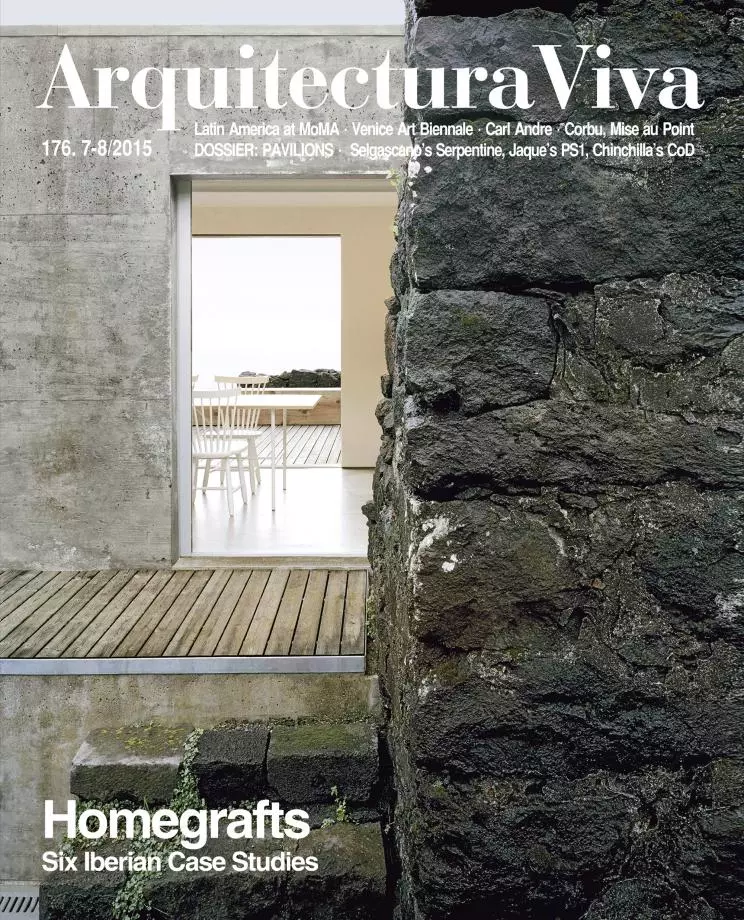
The Russia of today is no place for contemporary art. As during the decades of the USSR, it is the prerogative of the State to preserve and disseminate knowledge about creations of the past, but few such initiatives are taken for works of the present, unless it is ‘patriotic art,’ as the relevant government minister admitted some months ago. So it is that the decision to turn the Garage gallery – sponsored by the magnate Roman Abramovich and run by his wife, Dasha Zhukova, and originally housed in a 1920s industrial shed built by Konstantin Melnikov – into a permanent museum in Moscow’s Gorky Park is good news for that country. More so because the new Garage (which some consider the most important private museum to open in Russia since 1917) is the work of an architect like Rem Koolhaas, for whom this commission has been a good opportunity to explore museum architecture (hardly touched on in his long career) and, in passing, uphold Soviet architecture, one of his many and seemingly incompatible objects of admiration. In fact Koolhaas and Zhukova chose as site for the Garage Museum of Contemporary Art a huge restaurant of the 1960s, Vremena Goda, then frequented by the nomenklatura, which had been derelict for twenty years. This massive building of reinforced concrete is now clad with two sheets of translucent polycarbonate, and has been refurbished to be home to the finest collection of Russian art of the last forty years, along with an important archive, a cinema, and an auditorium, all already a hub for the more intellectually restless sectors of the Russian capital.





